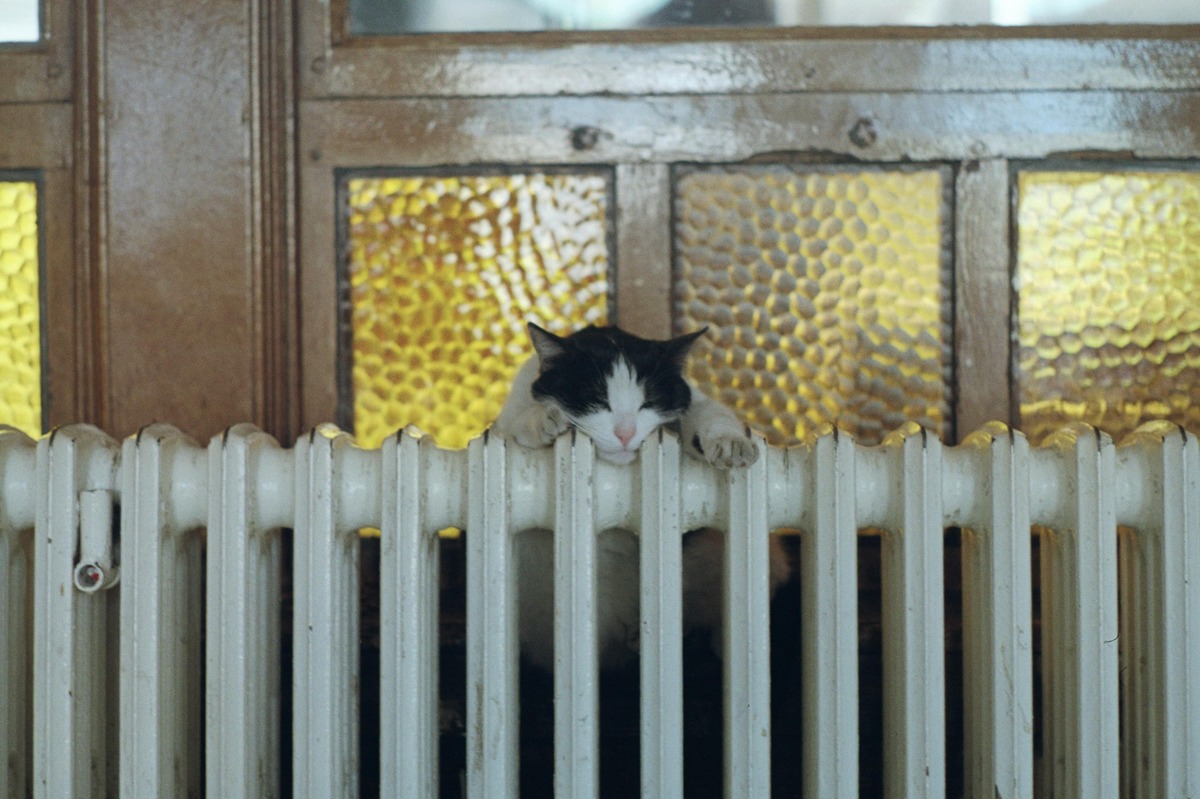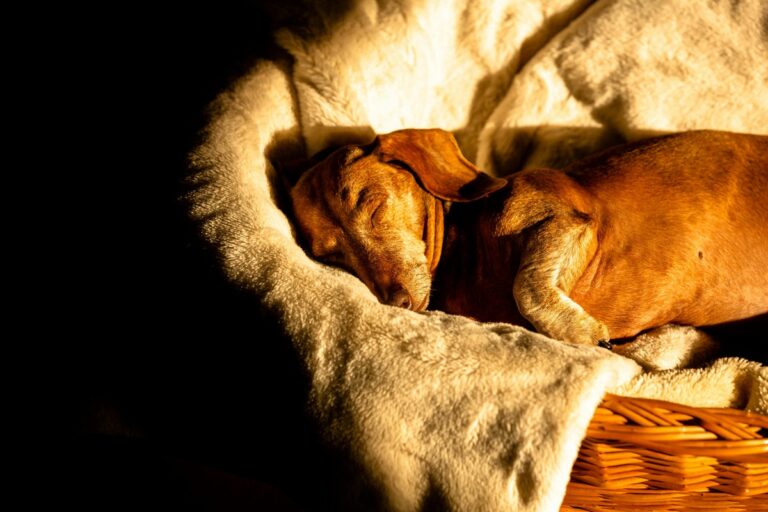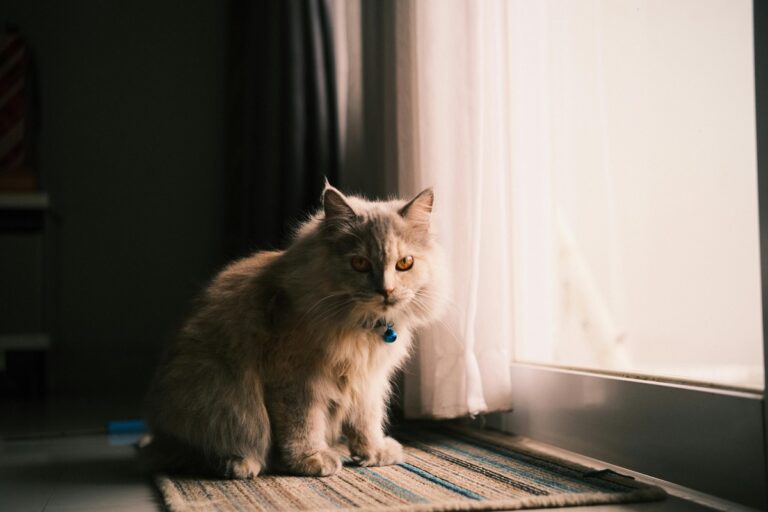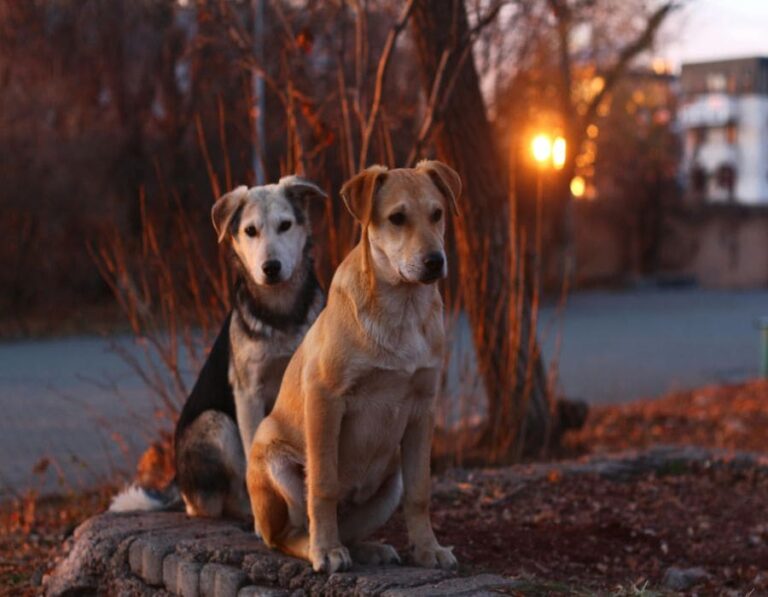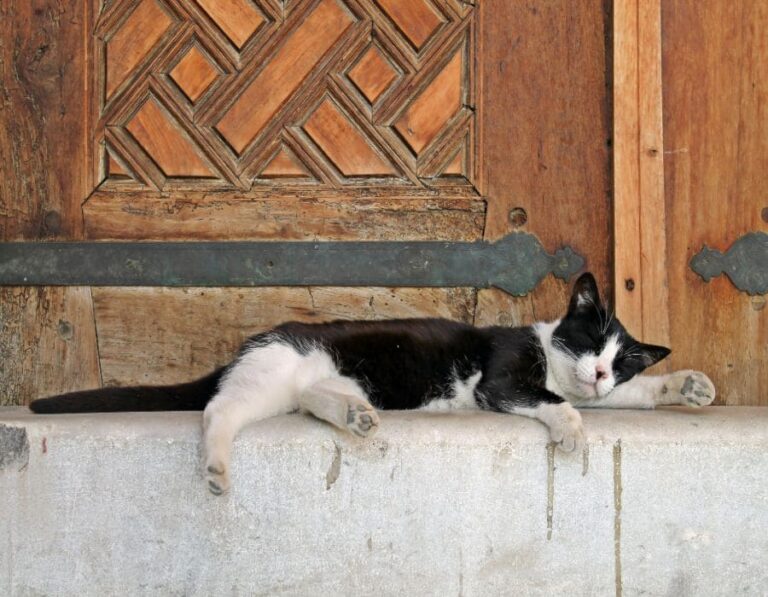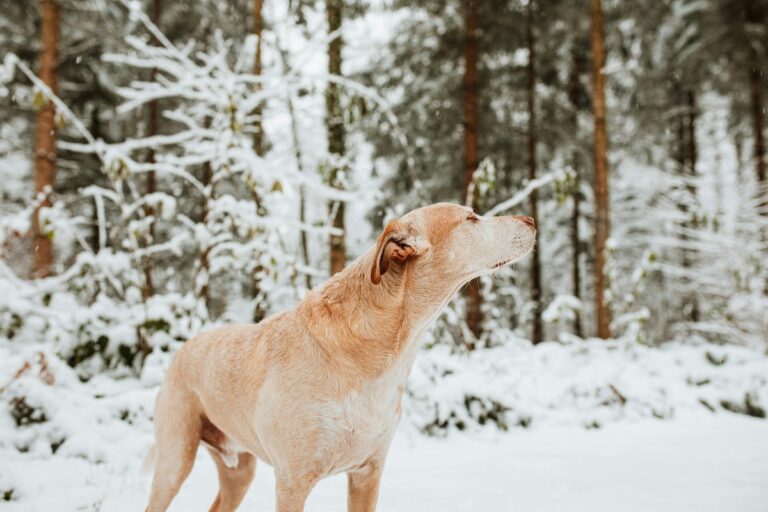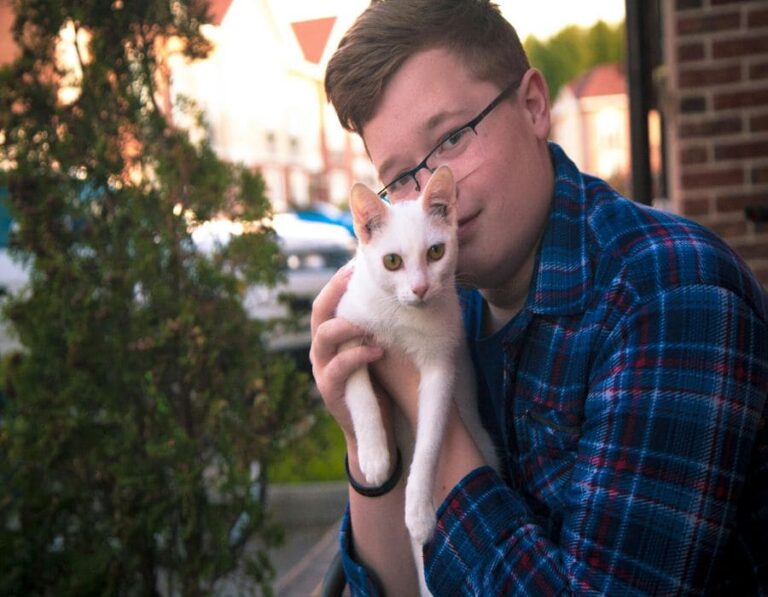10 Cat Breeds That Can’t Handle Hot Weather
While many cats can tolerate warmer temperatures, some breeds are more sensitive to heat due to their coat type, body structure, or genetic predisposition. If you live in a hot climate, it’s essential to know which cats are less equipped to handle high temperatures and what you can do to keep them safe and comfortable.
Here are 10 cat breeds that struggle in hot weather and what you can do to help them stay cool and healthy.
1. Persian
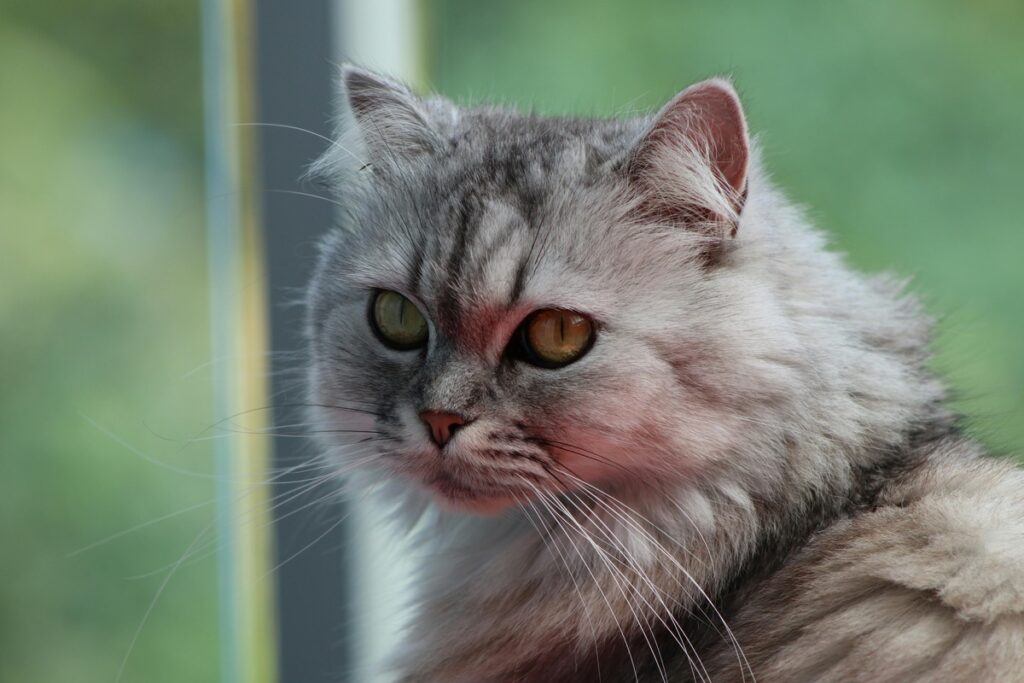
Persian cats have long, thick fur that traps heat, making it difficult for them to regulate their body temperature. Additionally, their flat (brachycephalic) faces make breathing harder, increasing their risk of heat exhaustion.
How to Help: Keep Persians in an air-conditioned room during hot days, brush them regularly to reduce excess fur, and provide cool water at all times.
2. Himalayan
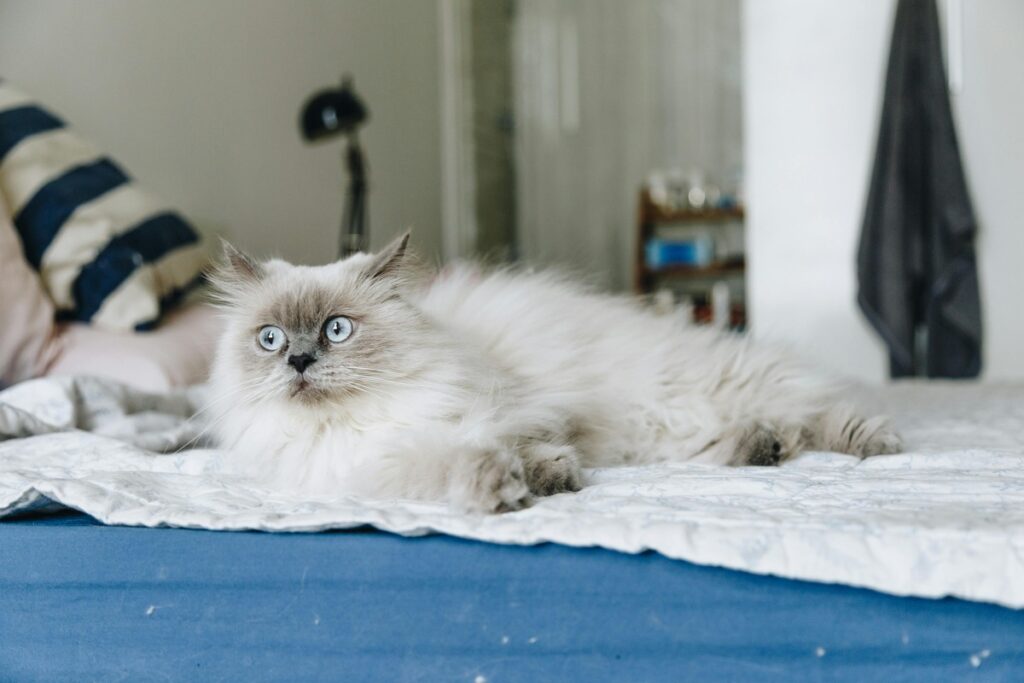
A close relative of the Persian, the Himalayan cat also has a dense coat and a flat face, making it highly vulnerable to heatstroke. These cats are better suited for cooler climates and need extra care when temperatures rise.
How to Help: Keep their environment shaded and well-ventilated, and avoid letting them exert too much energy in hot weather.
3. Scottish Fold
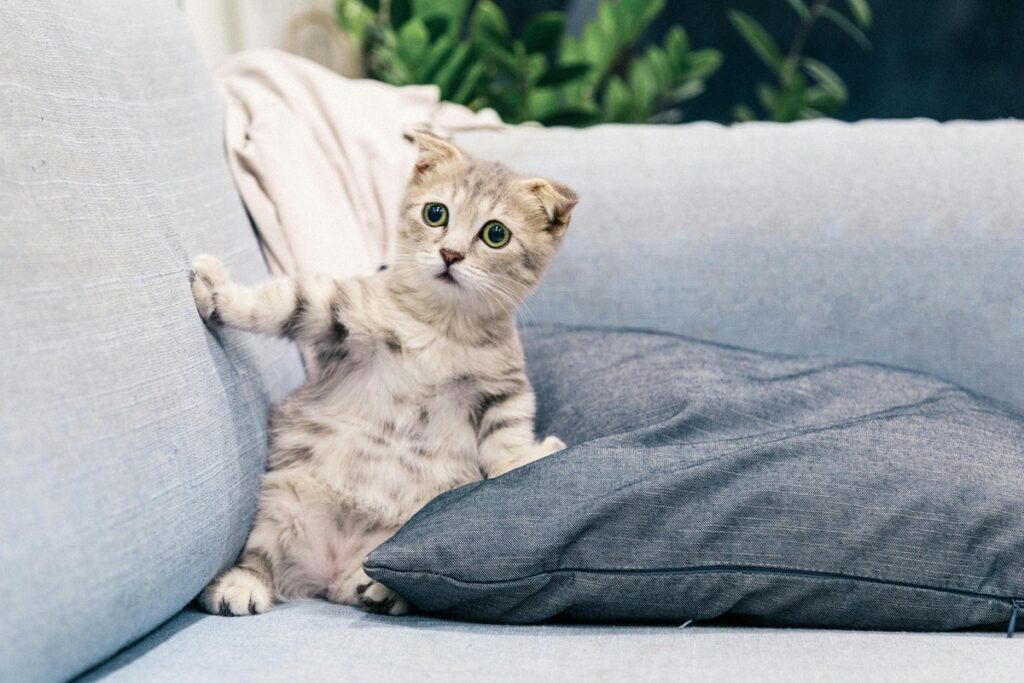
Scottish Folds have thicker coats than many short-haired breeds, which means they retain heat more than other cats. Their small, folded ears also make it harder for them to release body heat effectively.
How to Help: Provide cooling mats or a damp cloth for them to lie on and keep them indoors with proper ventilation during heat waves.
4. British Shorthair
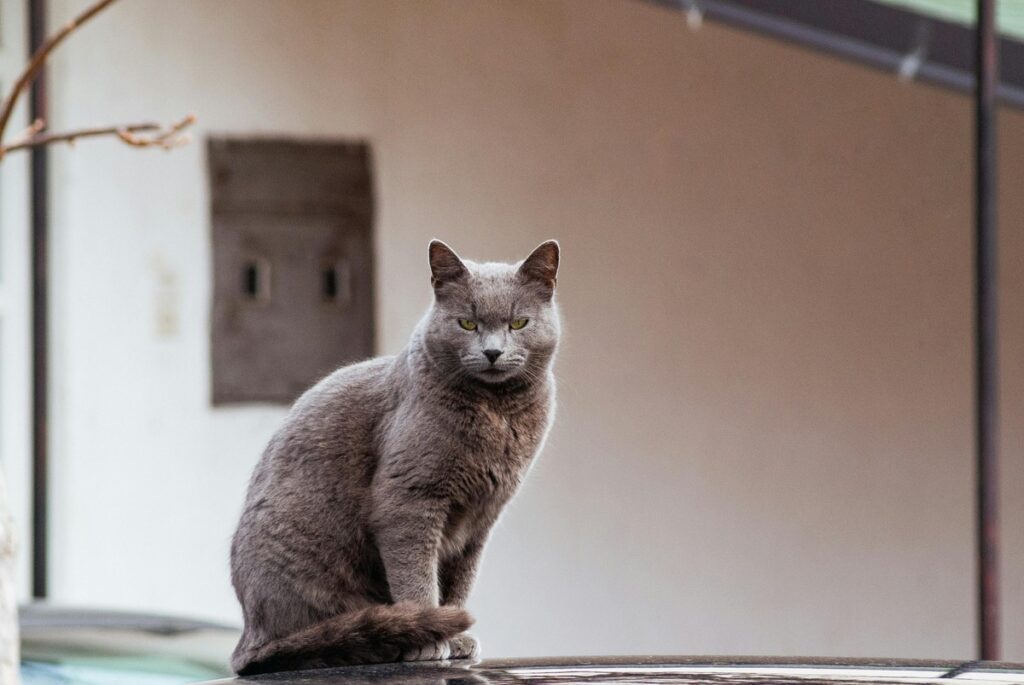
Despite being a short-haired breed, the British Shorthair has a dense, plush coat that can cause them to overheat. They are also less active, which can make them more prone to heat exhaustion if they are unable to cool down properly.
How to Help: Keep their fur brushed to remove excess hair, and ensure they have plenty of fresh water and cool, shaded areas.
5. Maine Coon
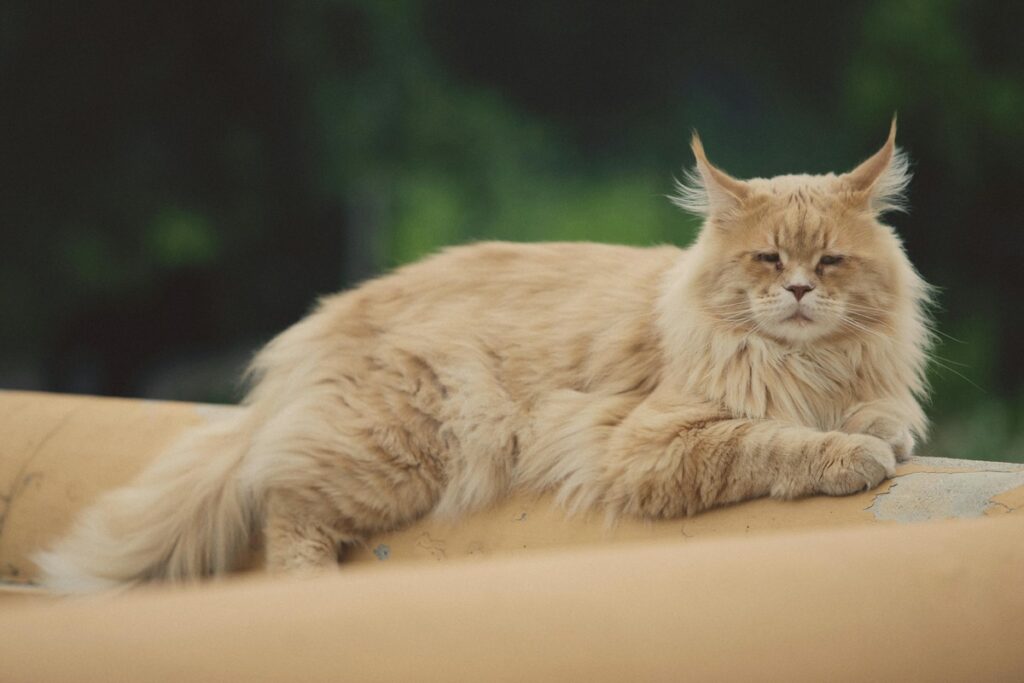
Maine Coons were bred for cold climates and have thick, double-layered fur that helps them survive harsh winters. However, this insulating coat becomes a disadvantage in hot weather, causing them to overheat quickly.
How to Help: Trim their fur (only if recommended by a vet), provide cooling spots, and make sure they stay hydrated throughout the day.
6. Ragdoll
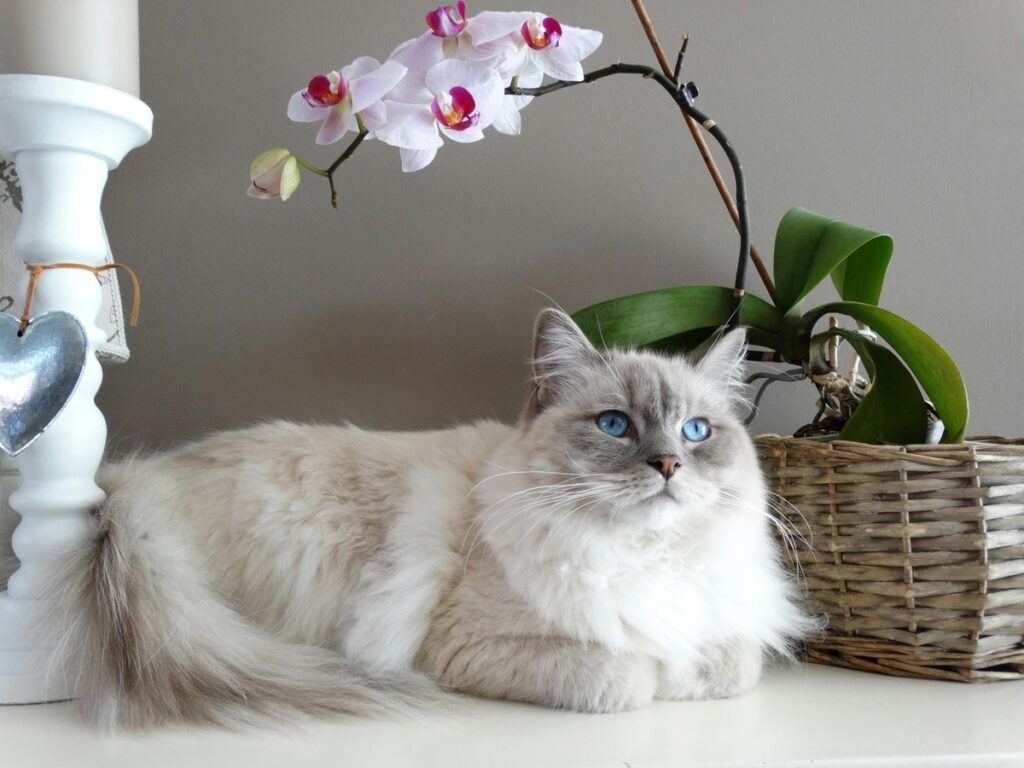
Ragdolls have long, silky fur and a relaxed personality, meaning they may not actively seek out cooler places when they start overheating. Their thick coat can trap heat, making them prone to heatstroke in extreme temperatures.
How to Help: Ensure they have access to cool, tiled floors, limit outdoor exposure, and use fans or air conditioning to keep them comfortable.
7. Exotic Shorthair
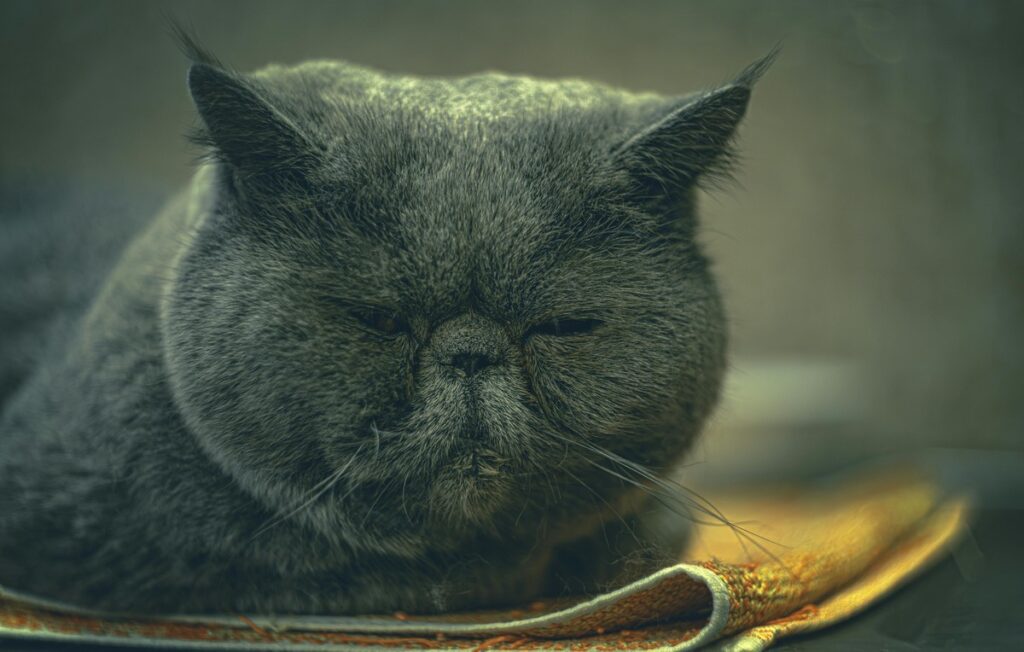
Exotic Shorthairs share the same flat-faced structure as Persians, making it difficult for them to breathe properly in hot weather. Their short but dense fur also traps heat, increasing the risk of overheating.
How to Help: Keep them indoors during the hottest parts of the day, use damp towels to help cool them down, and monitor for signs of heat stress.
8. Siberian
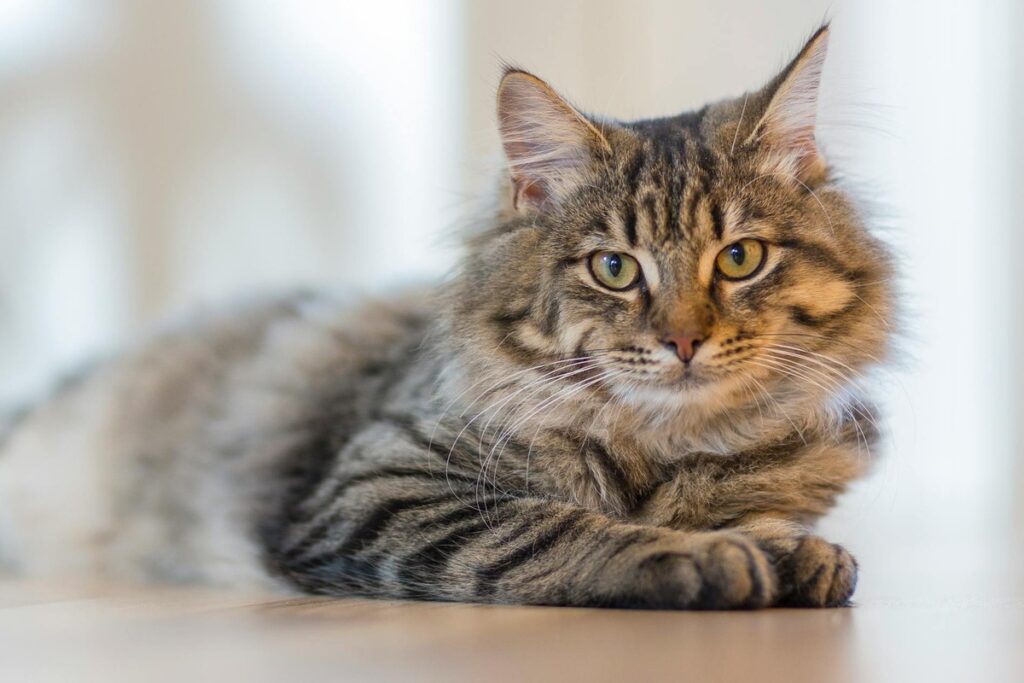
Siberian cats have one of the thickest coats of any breed, designed for freezing Russian winters. In hot climates, they overheat quickly and can suffer from dehydration if they don’t have access to a cool environment.
How to Help: Keep their fur well-groomed, provide plenty of shade and fresh water, and avoid excessive physical activity in hot weather.
9. Burmese
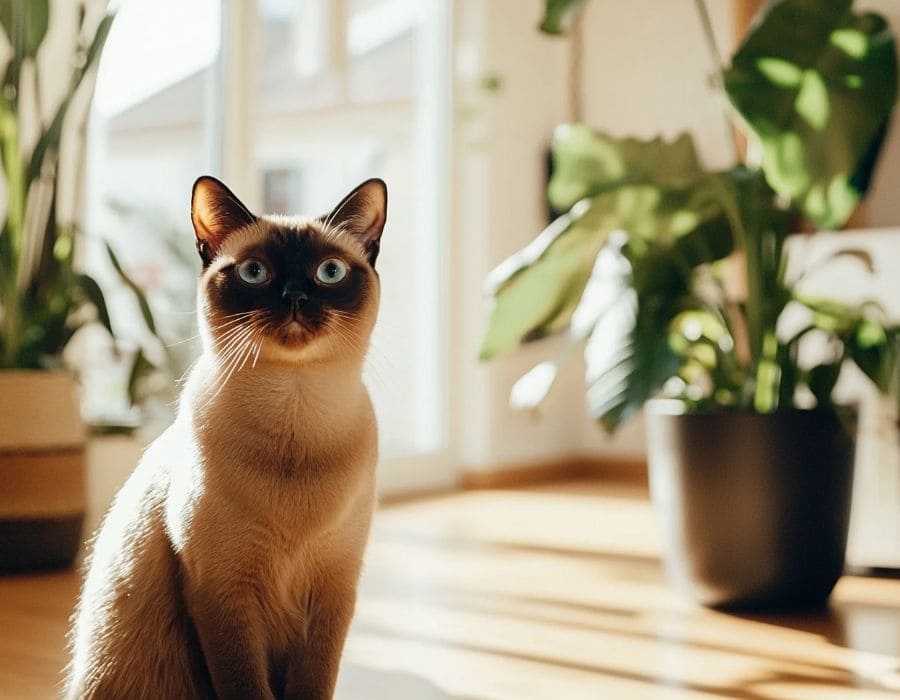
Burmese cats have a short, dense coat that can trap heat, making them more susceptible to overheating in warm climates. Their body structure also makes it harder for them to regulate their temperature effectively.
How to Help: Provide them with plenty of fresh water, keep them indoors during peak heat hours, and use fans or air conditioning to help maintain a comfortable temperature.
10. Sphynx
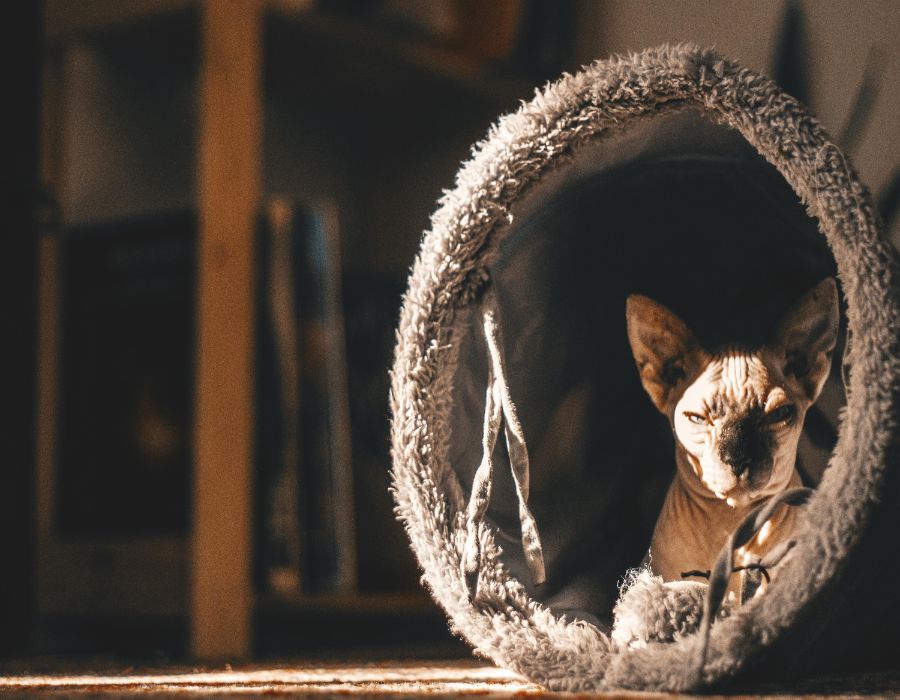
Although the Sphynx cat has no fur, its lack of coat makes it vulnerable to sunburns and heat-related illnesses if exposed to excessive heat. They also have a higher metabolic rate, which can cause them to overheat quickly.
How to Help: Keep them in shaded, air-conditioned areas, avoid direct sunlight, and ensure they stay hydrated, especially in hot weather.
Signs of Heatstroke in Cats
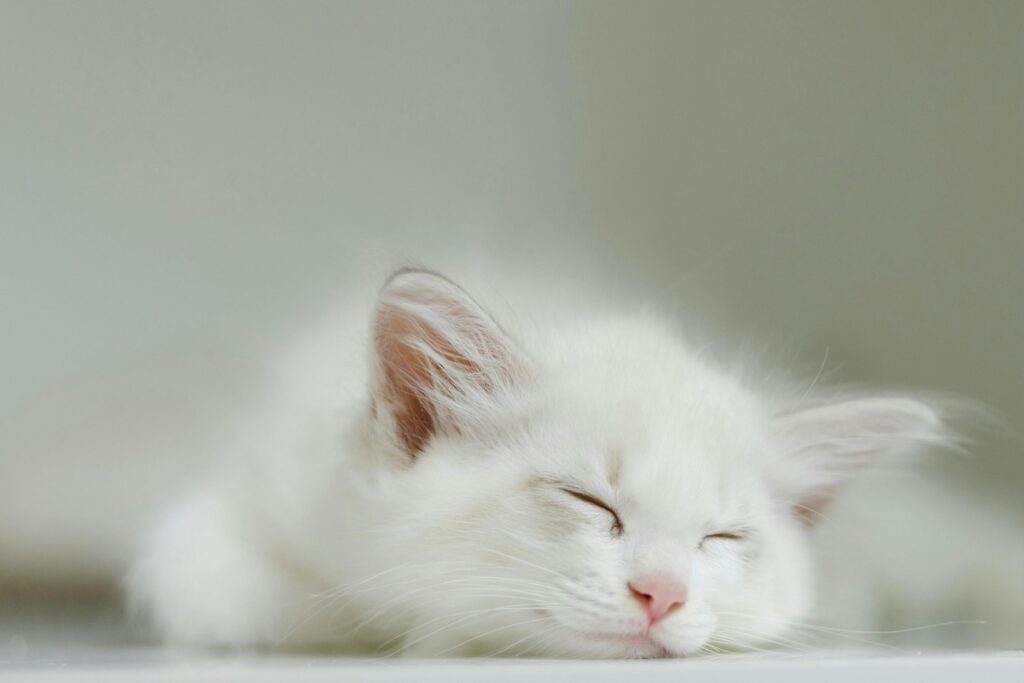
If you own one of these heat-sensitive breeds, it’s important to watch for signs of heat exhaustion, including:
- Heavy panting
- Lethargy or weakness
- Drooling or excessive grooming
- Red or pale gums
- Vomiting or disorientation
If you notice any of these symptoms, move your cat to a cooler place immediately and contact a vet.
Help Your Cat Beat the Heat!
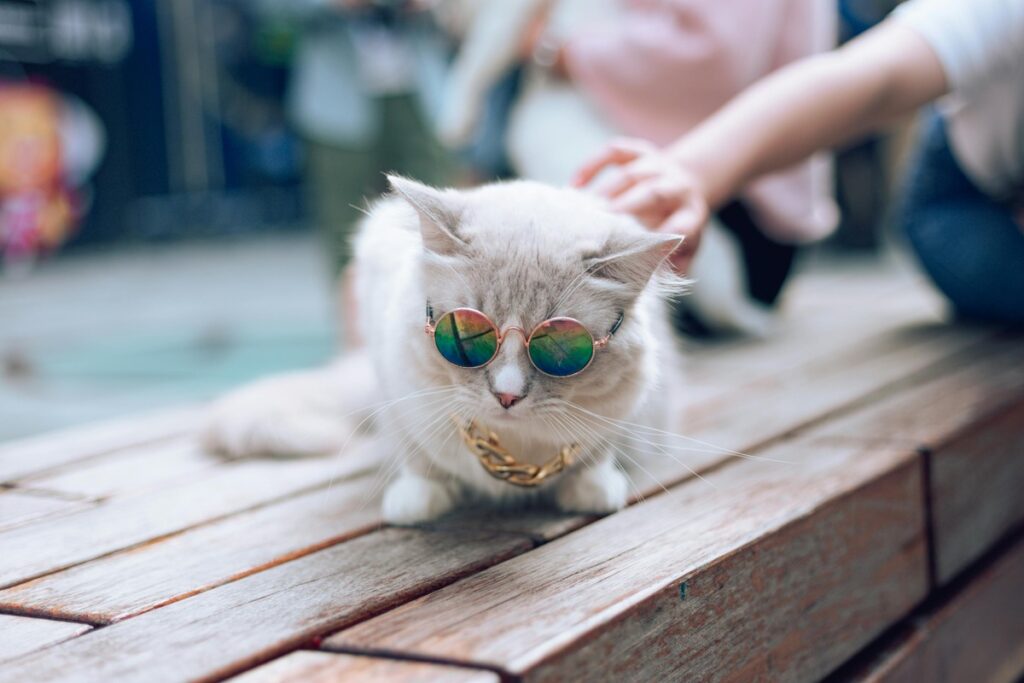
While some cats handle heat well, others—especially those with thick fur or flat faces—struggle to stay cool. By keeping them in a comfortable, temperature-controlled environment, you can ensure they stay safe and happy even during the hottest months.
If you live in a hot climate, consider adopting a breed that is better suited for warmer temperatures, or take extra precautions to keep your furry friend cool and comfortable all year long!

